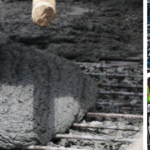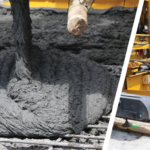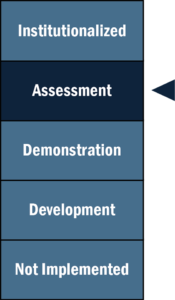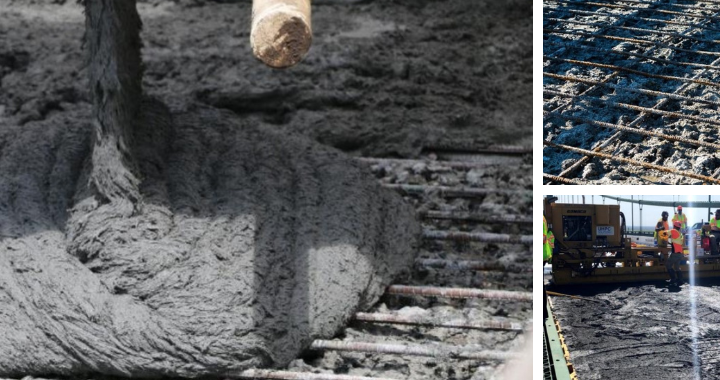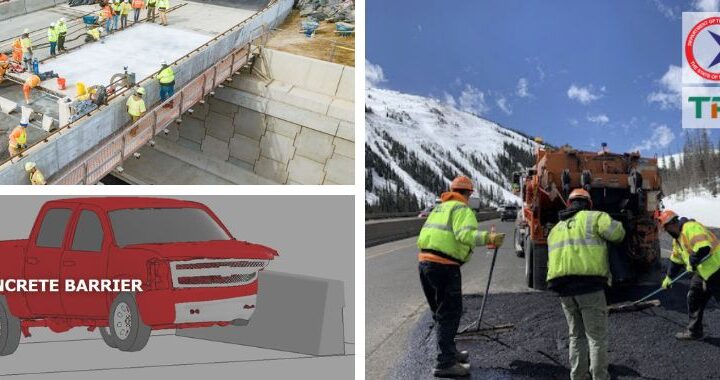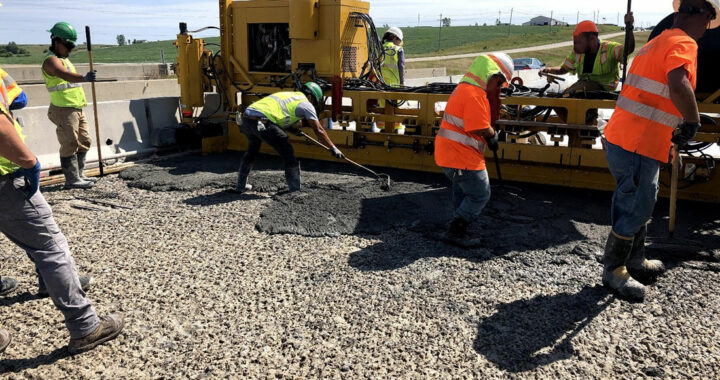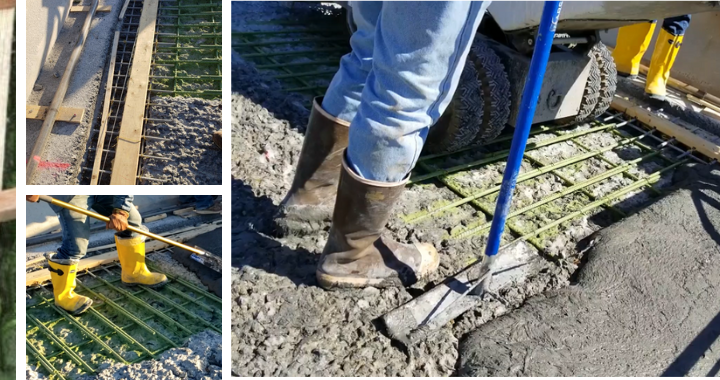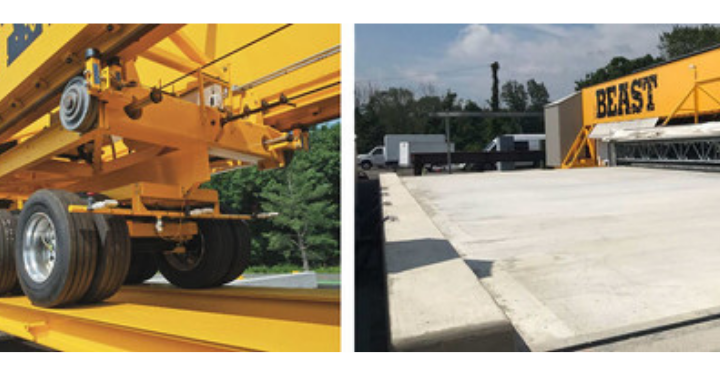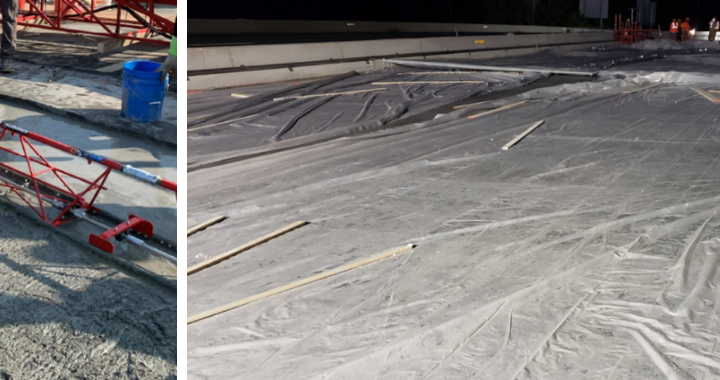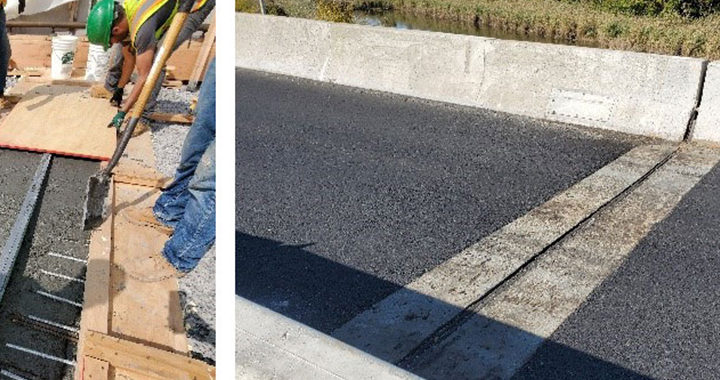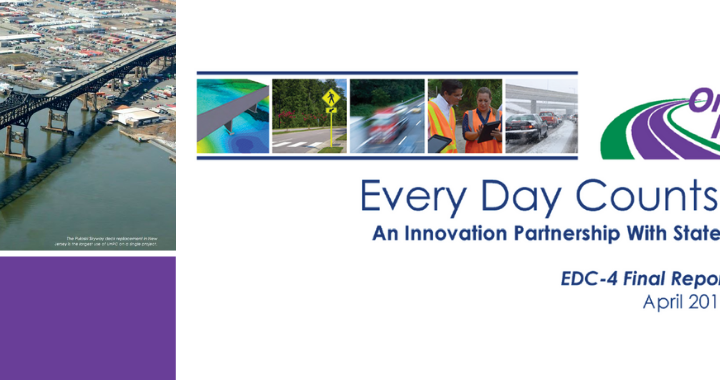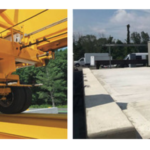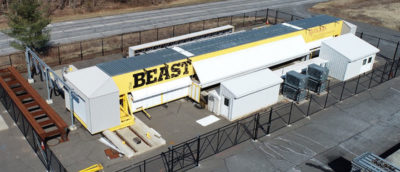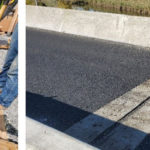At the NJ STIC 2024 3rd Triannual Meeting on December 2024, the Infrastructure Preservation CIA Team announced the publication of an FHWA TechNotes reports, which drew lessons from NJDOT, among other transportation agencies and stakeholders. The report, Experiences from Early Implementation of UHPC Overlays, summarized the experiences of five different entities with their recent installations of UHPC overlays.
FHWA interviewed Samer Rabie and Jess Mendenhall from NJDOT, as well as individuals from the Delaware River & Bay Authority, Federal Lands Highway, the Iowa Department of Transportation, and Buchanan County in Iowa, to discuss the lessons learned and future recommendations from their previous experiences.
According to the report, ultra-high performance concrete (UHPC), part of the sixth round of the Every Day Counts (EDC-6) initiative, offers many qualities beneficial to overlay applications, including very low permeability, good freeze-thaw resistance, good abrasion resistance, high strength and stiffness, and good bond strength. Despite higher initial costs during the construction process, UHPC factors such as superior durability and improved life-cycle cost can also reduce costs over time compared to traditional methods.
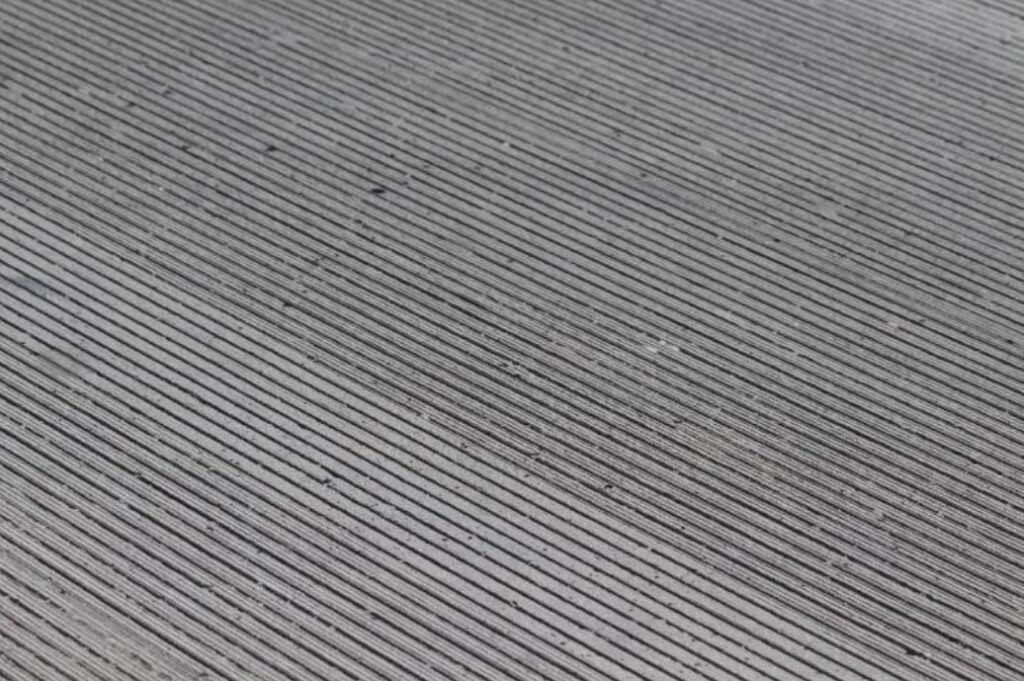
The implementation of UHPC overlays differs from traditional overlays, requiring additional planning, expertise, and methods, especially for larger projects. The feedback provided by the transportation agencies on UHPC overlays in the FHWA report includes information on project selection, project planning, surface preparation, UHPC mixture design, UHPC mixing, UHPC placement, constructions joints, UHPC finishing, and UHPC removal and repair.
In addition to the FHWA TechNotes report, NJDOT has previously highlighted UHPC research projects from New Jersey’s Institutes of Higher Education partners, and the agency’s own experiences with implementing UHPC. Some examples include presentations at the annual NJDOT Research Showcase, Q&A interviews with NJDOT’s SMEs focused on the innovation’s implementation, and previous projects with FHWA. Most recently, NJDOT has been a participating funding agency for the Structural Behavior of Ultra High Performance Concrete project, led by FHWA, as part of the Transportation Pooled Fund (TPF) program. To learn more about UHPC research and implementation in New Jersey, read through the resources section below.
Resources:
FHWA. Experiences from Early Implementation of UHPC Overlays. (2025). [Report]
NJDOT’s Involvement with Transportation Pooled Fund Program. (2025). [Article]
Ultra High-Performance Concrete (UHPC) Applications in New Jersey – An Update. (2024). [Article].
Advanced Reinforced Concrete Materials for Transportation Infrastructure. (2023). [Webinar].
Bandelt, M., Adams, M., Wang, H., Najm, H., and Bechtel A., Shirkorshidi, S., Jin, F. (2023). Advanced Reinforced Concrete Materials for Transportation Infrastructure. (2023). [Final Report].
Bandelt, M., Adams, M., Wang, H., Najm, H., and Bechtel A., Shirkorshidi, S., Jin, F. Advanced Reinforced Concrete Materials for Transportation Infrastructure. (2023). [Technical Brief].
Presentation: Design, Construction, and Evaluation of UHPC Bridge Deck Overlays for NJDOT. (2022). [STIC Presentation]
Stronger, More Resilient Bridges: Ultra High-Performance Concrete (UHPC) Applications in New Jersey. (2021). [Article]
Ultra-High Performance Concrete for Bridge Preservation and Repair: NJDOT Example Featured. (2021). [Article]
NJDOT Research Showcase Posters and Presentations
Ghahsareh, F. Life-Cycle Assessment of Ultra-High Performance Concrete (UHPC) Beams Using Advanced Monitoring Technologies. (2024). [Presentation]. {Video}
Gucunski, N. Evaluation of Performance of Bridge Deck with UHPC and LMC Overlays through Accelerated Structural Testing. (2024). [Presentation]. {Video}
Shirkhorshidi, S., Bandelt, M., Adams, M., and Reif J. Corrosion Performance of Ultra-High Performance Concrete in Uncracked and Cracked Beams. (2022). [Presentation]. {Video}
Meng, W. Design and Performance of Cost-Effective Ultra-High Performance Concrete (UHPC) for Transportation Infrastructure. (2018). [Presentation]

